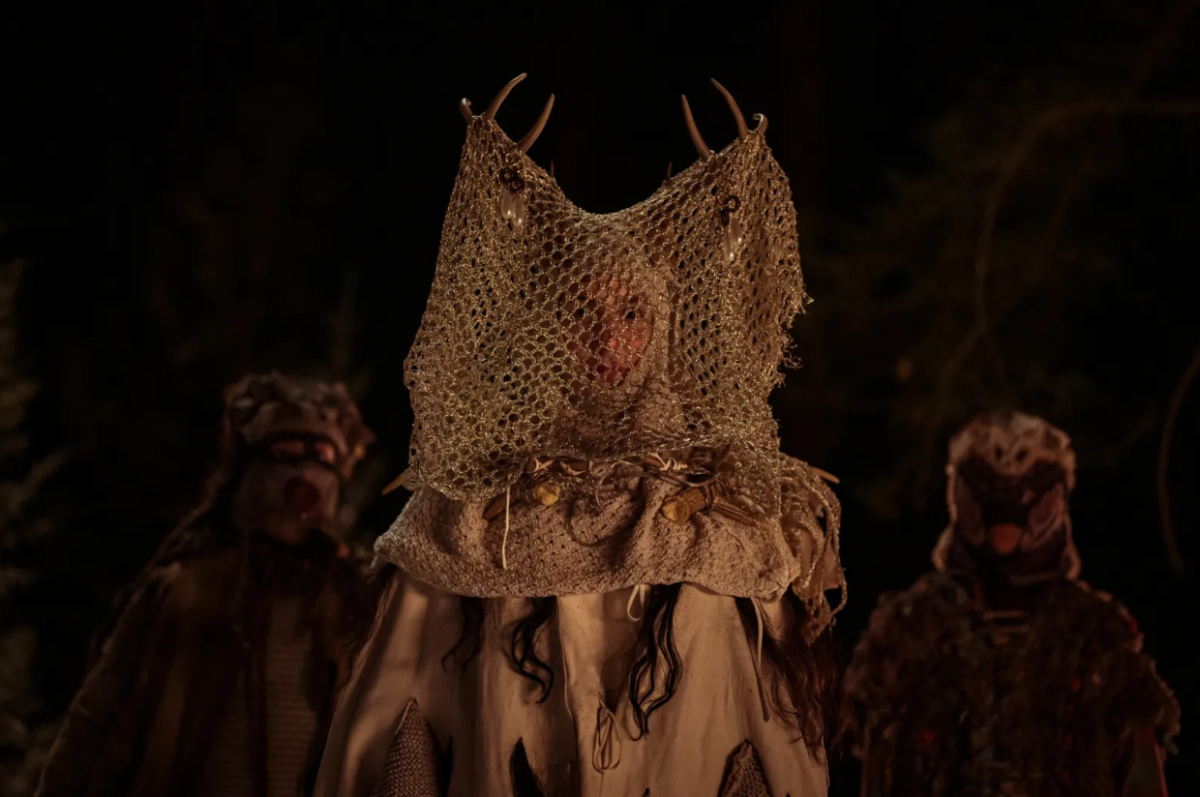The first time I heard someone say the word “microaggression” was when a former roommate and I were arguing about our living space.
I despised how she left her grime on the bathroom counter, and she said my microaggressions were hurtful and rude. I was unapologetic, but fell for her fabricated definition of the term.
Spoiler alert: it has nothing to do with insisting the shower is cleaned on a weekly basis.
“Sometimes people use the term ‘microaggression’ and apply it to passive aggressive behavior,” Jessica Nare, SDSU’s Women’s Resource Center Coordinator said. “But really, (a microaggression) is a small act of violence against someone based on their identity.”
As a woman of color, I am subjected to backhanded compliments and foolish inquiries every day. The 15-year-old me, a girl insecure about her blackness, accepted when peers said I was “totally a white girl on the inside.” The rush of satisfaction I felt from hearing identity-invalidating microaggressions was disturbing, but at that time, irrepressible.
American society trained me to believe something was wrong with the color of my skin well before adolescence. In high school, I had no interest in learning about black culture or the challenges marginalized communities face.
I wised up during the latter half of my sophomore year of college. I became interested in sociocultural issues after I finished my first women’s studies course, and deplored my myopic high school self for trying to assimilate into white America. I learned what a lot of misunderstood terms meant, along with what people frequently think they mean.
My roommate’s incorrect use of the word “microaggression” in reference to my actions — I was passive and inconsiderate of her preferences — is an example of such misinterpretation.
Microaggression theory has evolved since being coined by Harvard University psychiatrist Chester M. Pierce, but its core has remained. To be the target of a microaggression is to be casually denigrated due to membership in a marginalized group.
I was not being hostile toward my roommate because I took issue with her identity as a black woman. I just really hate messy surroundings. Our misunderstanding of the concept is proof that even those who are part of a minority group may not be familiar with the concept of microaggressions.
A microaggression is asking a black woman “Can I please touch your hair?” or asking ethnically mixed people, “Wait, what even are you?”
These cringe-worthy scenarios exemplify the microaggressions that make our ears bleed every day.
The term “marginalized” is also often misused because people are not correctly identifying which groups have access to power and which groups have faced institutional barriers, Nare said.
A few examples of marginalized groups include people of color, LGBT folks, the working poor, people with disabilities and women. Members of these groups can be targets of microaggression. It would be incorrect to say white people are victims of race-based marginalization. Therefore, it is impossible for them to be the subject of racial microaggressions.
The presence of casual degradation in American society is bothersome. For myself and others who belong to marginalized groups, years of harmful and even well-intentioned behaviors can damage self-esteem, cause poor mental health and prevent one from taking pride in their sociocultural distinction.
“Microaggressions add to a climate where it’s acceptable to alienate or ‘other’ people who are different from you,” Nare said. “We have to change our institutions, but also collectively change our language and levels of understanding so we can be more inclusive and thoughtful about the comments we make every day.”






